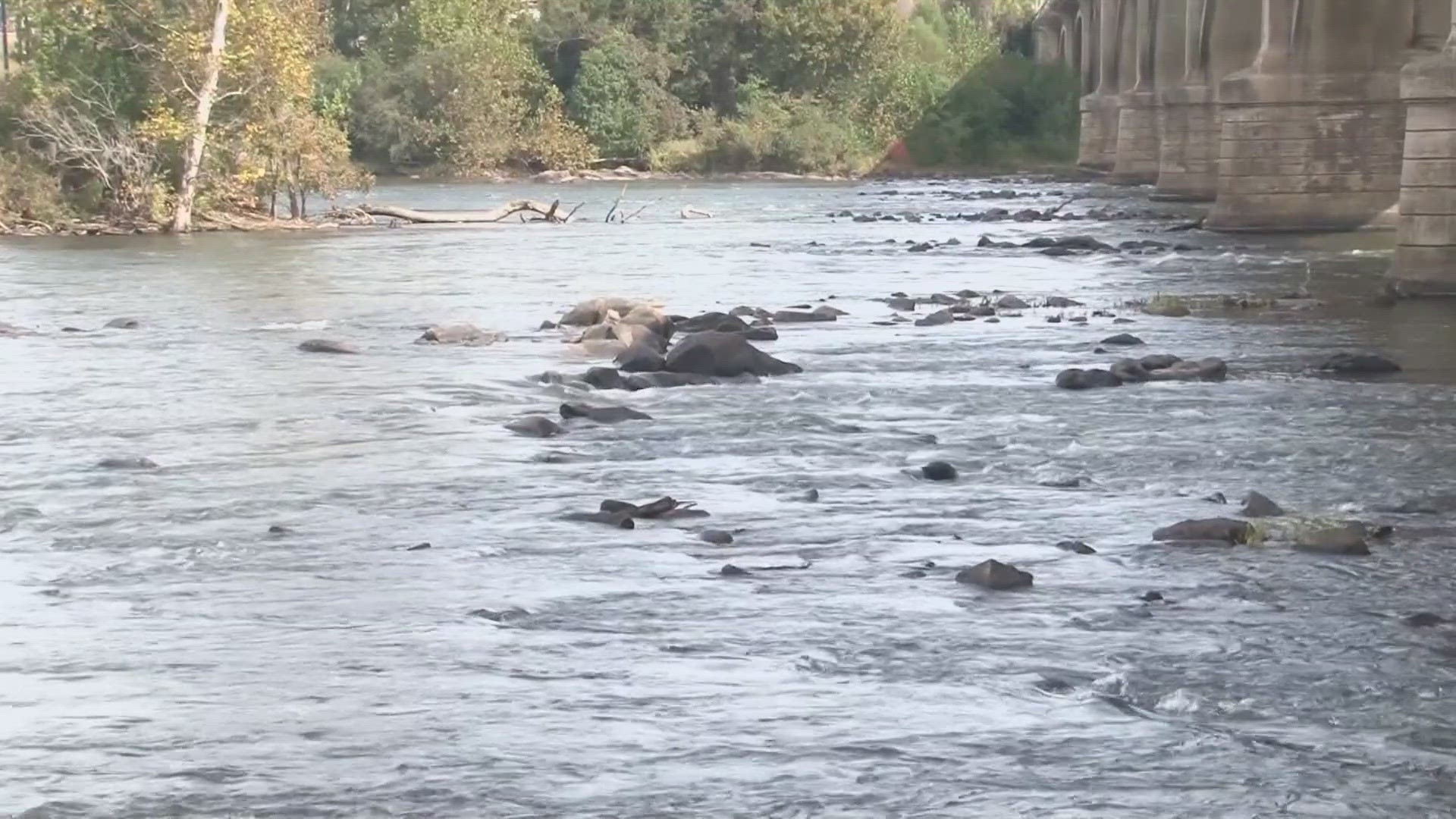A Washington state dashboard is tracking PFAS or so-called "forever chemicals" in public water systems.
Scientists link the synthetic compound to a growing list of health risks.
When a water system is identified as having a potentially dangerous level of PFAS in the water, there are several recommended actions to take. That could mean immediately shutting off the water source, finding new treatment options, or joining another water system.
In June, KING 5 visited a community in Kitsap County with potentially harmful levels of PFAS in their water supply. At the time, the mobile home park was the only well that had potentially harmful levels of "forever chemicals" that did not have a plan to remove or reduce it.
"I bathe with it," resident Bob Burris told KING 5 in June. "I launder with it. That's it. I won’t even wash my car with it."
However, according to the state dashboard, Clear Creek is now pursuing a connection to the nearby Silverdale Water District.
The mobile home park is down the road from Naval Base Kitsap. It is just one example of a community near a military base detecting PFAS in their water.
Across the country, firefighting foams containing the chemicals were used in military training exercises for decades.
Last week the Navy hosted two community meetings to address questions and concerns about PFAS, which has been detected in groundwater on the base in Kitsap County.
An expected stricter maximum contaminant level will be established by the Environmental Protection Agency later this year or early next year.
The estimated level is four parts per trillion (ppt). Currently, the Department of Defense (DOD) investigates PFAS when wells are above 70 ppt.
The Navy has provided bottled water for drinking and cooking for two private drinking wells near Naval Base Kitsap that detected levels above 70 ppt.
“DOD will incorporate nationwide PFAS cleanup guidance, issued by EPA and applicable to all owners and operators under the federal cleanup law, as to when to provide alternate water when PFAS are present," the DOD said in a statement.
Once the federal maximum contaminant level is set, it could force more water systems to add costly water treatment facilities.

